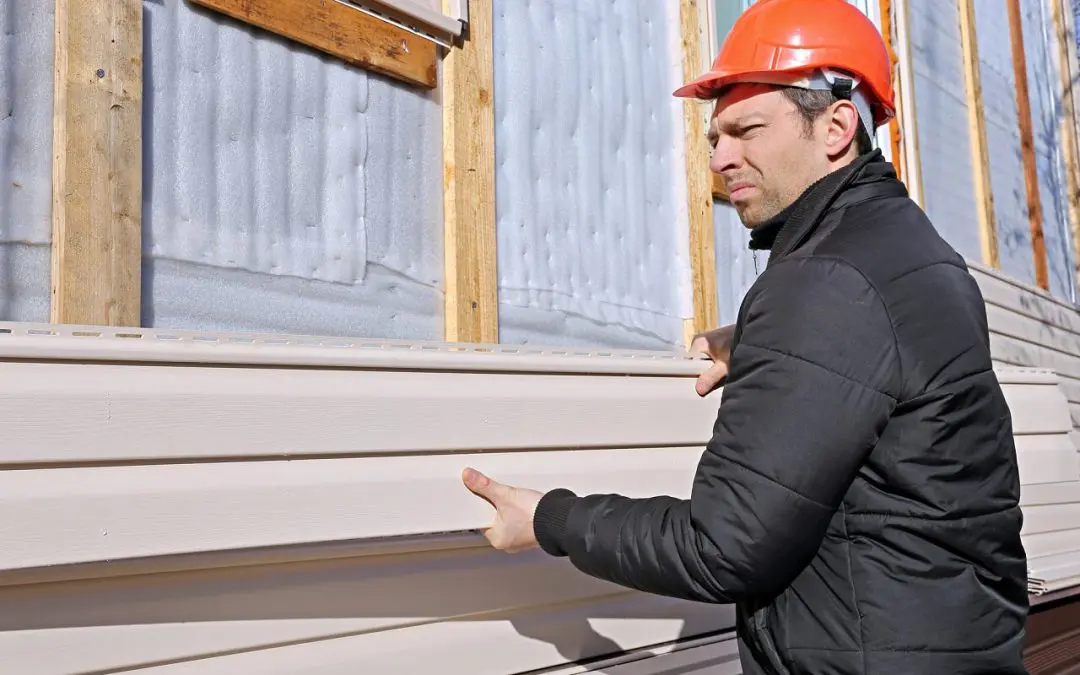Choosing siding material for your home is a major decision for a homeowner. Siding adds to the aesthetic of your home, protects the house from the elements, adds insulation, and increases your home’s energy efficiency. With so many options, deciding which material is best can be overwhelming. Here are a few of the most popular types of siding and their advantages and disadvantages.
Common Types of Siding Materials
Vinyl Siding
For a good reason, vinyl siding is one of the most popular siding materials on the market. It’s affordable, easy to clean and maintain, and comes in a wide range of colors and styles. It’s also very durable and can withstand extreme weather conditions. However, some homeowners don’t like the artificial appearance of vinyl siding and prefer a more natural look for their homes.
Fiber Cement Siding
Fiber cement siding is a relatively new option on the market and has gained popularity due to its durability, low maintenance, and natural look. It’s made from a blend of sand, cement, and cellulose fibers and is resistant to fire, insects, and rot. It’s also an excellent insulator, which can help reduce your energy bills. However, it’s more expensive than vinyl siding and requires professional installation.
Types of Wooden Siding for Your Home
Wood siding has been a popular choice for homes for centuries and is still favored by many homeowners today. It has natural beauty, is versatile, and comes in various styles and colors. Wood siding is also a great insulator, which can help reduce your energy bills. However, it requires regular maintenance and can be susceptible to rot, insects, and fire damage.
Aluminum Siding
Aluminum siding was popular in the 1950s and 1960s and is still used today by some homeowners. It’s lightweight, durable, low maintenance, fire-resistant, and doesn’t require painting. However, it can be dented easily and may not provide the natural look that some homeowners desire.
Brick Siding
Brick siding, or brick veneer, is a popular option for homes. It’s durable, low maintenance, and fire-resistant. It has good insulative qualities, which can help reduce your energy bills. However, it’s expensive and requires professional installation. Brick veneer is also heavy, and unlike a brick home, the material doesn’t support the structure of the building.
Choosing the right siding material for your home depends on your budget, preferences, and the climate in your area. Each material has advantages and disadvantages, and weighing them carefully before deciding is essential. Consult with a professional siding contractor to help you determine which option is best for your home.
Border Home and Property Inspections offers inspections to customers in the Midwest region of Alberta and Saskatchewan. If you’re buying or selling a home, contact us to schedule our services.

